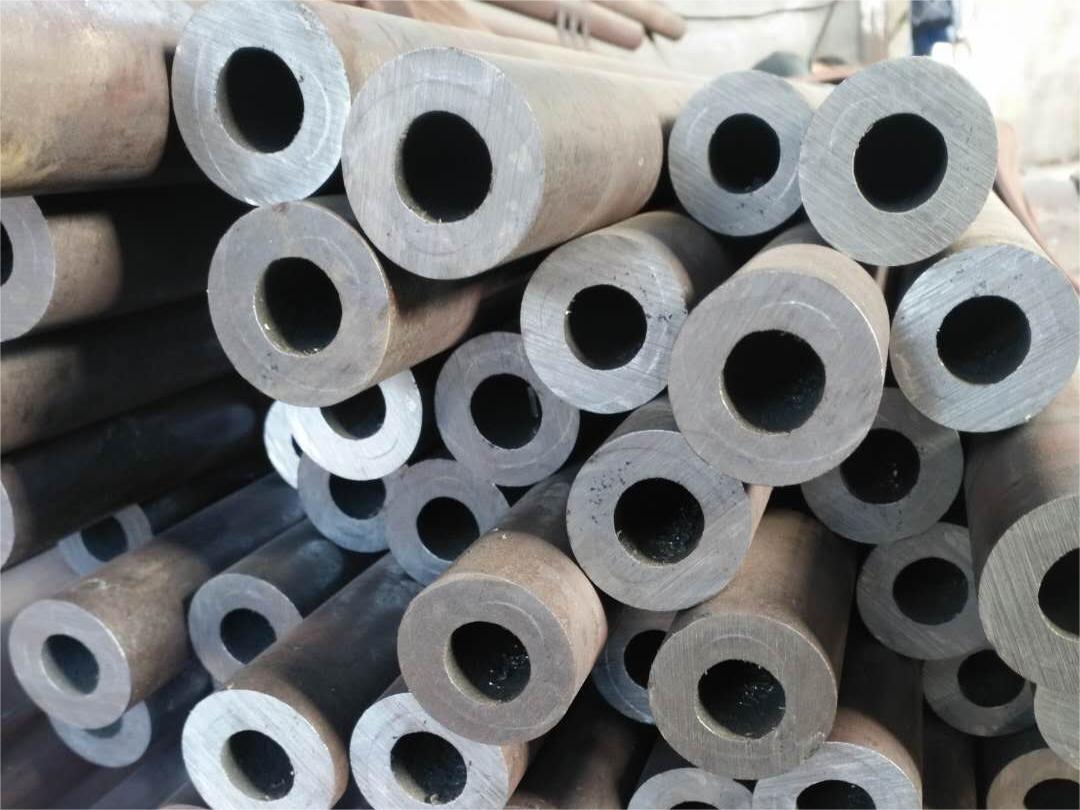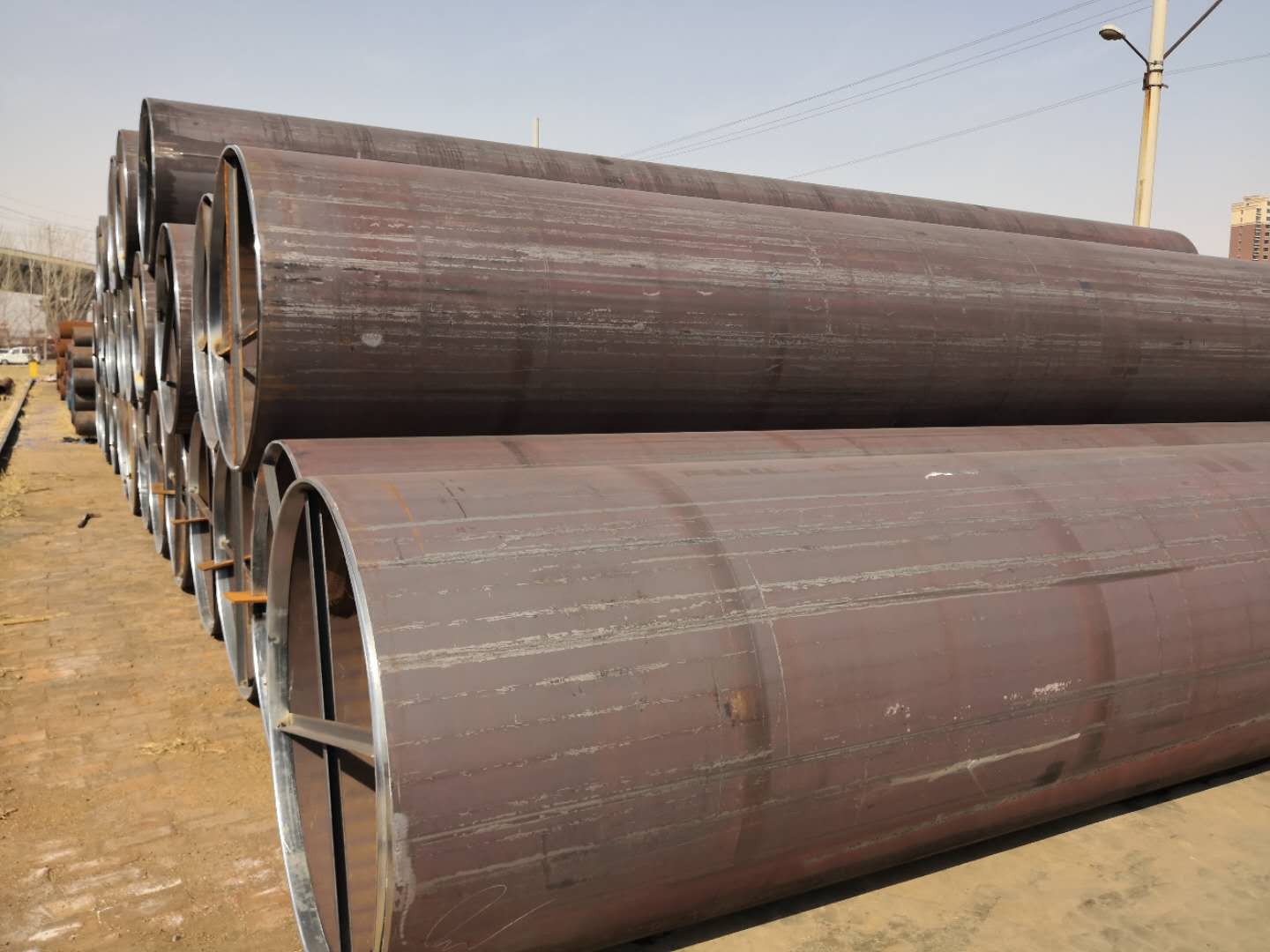When choosing between seamless or welded steel pipe, it is critical to understand the characteristics, benefits, and limitations of each material. This allows an informed choice to be made based on the specific needs of the project, ensuring the performance and cost-effectiveness of the structure.
Navigation Buttons
Understanding Seamless Steel Tubes
Definition of seamless steel pipe
Advantages of seamless steel pipe
Seamless steel pipe limitations
Understanding Seamless Steel Tubes
Definition of welded steel pipe
Advantages of welded steel pipes
Limitations of Welded Steel Pipe
Factors to consider when selecting seamless and welded steel pipe
Understanding Seamless Steel Tubes
Definition of seamless steel pipe
seamless steel pipe is a complete weldless pipe made by heating a round steel billet and machining it into a hollow cylinder on a piercing machine, rolling and stretching it several times to achieve the desired size.

Advantages of seamless steel pipe
Structural stability
Can withstand internal or external pressure uniformly, with a high safety coefficient.
High pressure resistant
The continuous structure is not easy to burst, suitable for high-pressure environments.
Corrosion resistant
Suitable for offshore oil drilling and chemical processing facilities.
High Temperature Performance
No loss of strength at high temperatures, suitable for high-temperature applications.
Low maintenance costs
High corrosion resistance and strength reduce long-term operating costs.
Highly customizable
Thickness, length, and diameter can be customized according to requirements.
Seamless steel pipe limitations
Cost issues
Seamless steel tubes are typically more expensive to produce compared to welded steel tubes
Size limitations
Seamless steel pipes have certain manufacturing limitations in terms of size and wall thickness, especially in the production of large-diameter and thick-walled pipes.
Production efficiency
Seamless tubes are typically produced at lower speeds than welded tubes, which may affect the efficiency of supplying large quantities.
Material Utilization
Material utilization is low because it needs to be processed from a whole block of steel.
Understanding Seamless Steel Tubes

Advantages of welded steel pipes
Cost-effectiveness
Low production cost and high raw material utilization.
Production efficiency
Rapid production for high volume production needs.
Size Versatility
Easily manufactured in a wide range of diameters and wall thicknesses.
Wide range of applications
Widely used in construction, industry, water treatment, and other fields.
Surface treatable
Can be galvanized, plastic coated, and anti-corrosion treated to enhance durability.
Good weldability
Convenient for on-site cutting and secondary welding, easy to install and maintain.
Limitations of Welded Steel Pipe
Strength and pressure resistance
Usually lower than seamless steel pipe, welds may be a weakness.
Poor corrosion resistance
Easy to corrode when welds are not handled properly.
Low dimensional accuracy
The accuracy of internal and external diameters may not be as good as seamless steel pipe.
Factors to consider when selecting seamless and welded steel pipe
Cost factors
Seamless steel pipe: high production cost and low material utilization.
Welded steel pipe: low cost and suitable for large-scale projects with limited budgets.
Strength and Durability
Seamless steel pipe: no welds, high strength, suitable for high pressure and heavy load environments.
Welded Steel Pipe: Although upgraded welding technology has improved strength, welded seams can still be a weakness under high pressure.
Project size and complexity
Seamless steel pipe: High precision and specific strength suitable for complex critical applications, ensuring reliability.
Welded steel pipe: fast production and easy mass production for large-scale projects.
Environmental factors
Seamless steel pipe: good corrosion resistance, suitable for harsh environments.
Welded steel pipe: also meets corrosion resistance requirements with appropriate treatment.
Regulatory requirements
For industries such as chemical, oil, and gas, there are stringent standards for pipe strength, pressure, and corrosion resistance that may influence material selection.
Taking these factors into account, choosing the right type of steel pipe for a particular project ensures that the structure will perform and be economically viable. Seamless and welded steel pipes each have their own advantages and are suitable for different project environments and needs.
tags: seamless, Welded Steel Pipes, SAW, ERW, suppliers, manufacturers, factories, stockists, companies, wholesale, buy, price, quotation, bulk, for sale, cost.
Post time: Apr-10-2024
